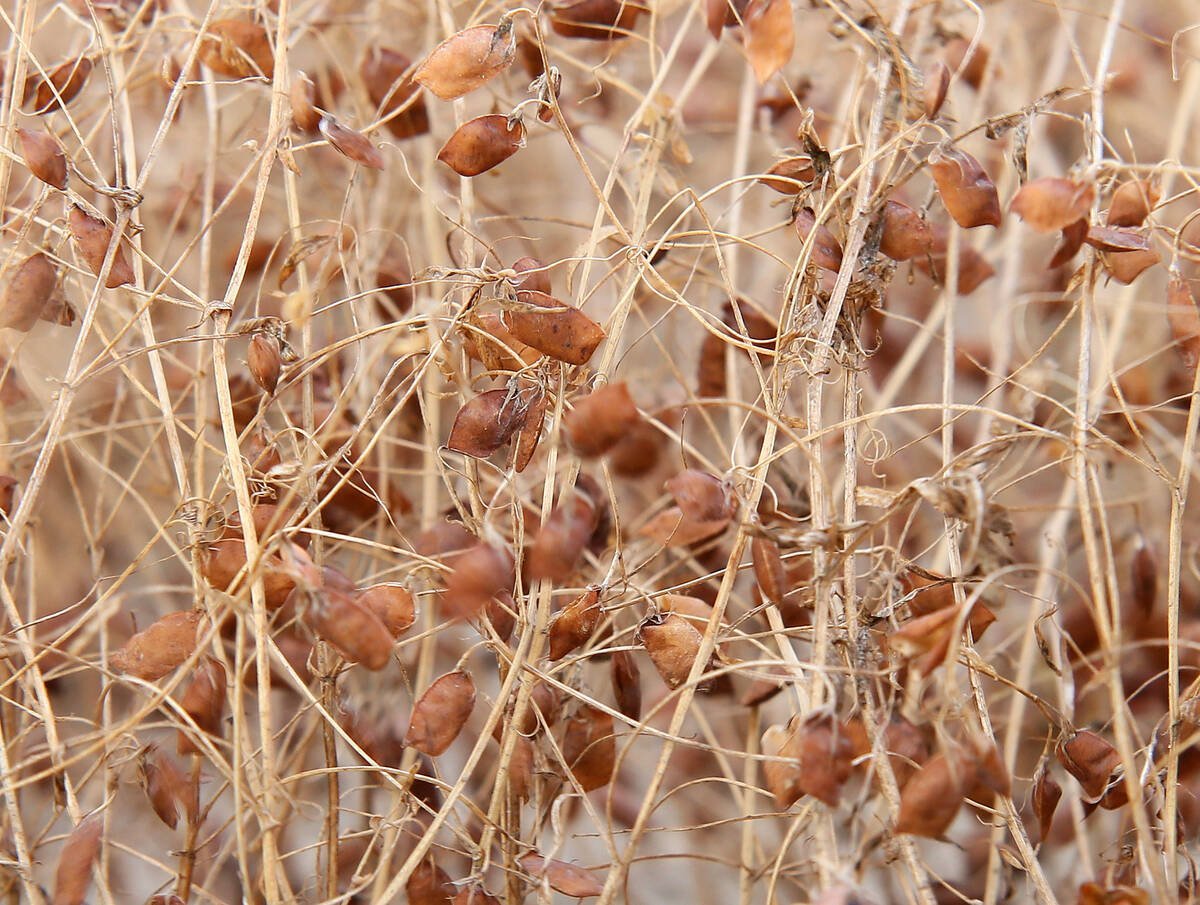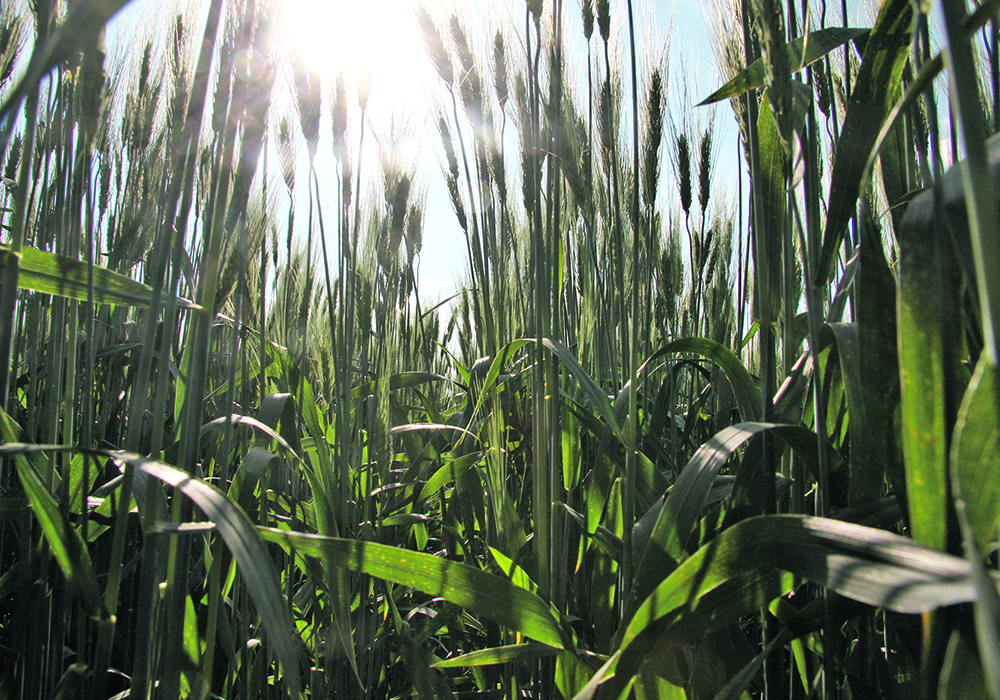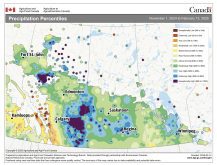Turkey has bought four times as much of the crop from Canada as the previous year, but the jump isn’t expected to last
The top buyer of Canadian durum in 2019-20 won’t be nearly as active in the new crop year but one analyst remains “moderately bullish” about the crop.
Sales to Turkey exploded this year. The country imported 947,600 tonnes from Canada through the first nine months of 2019-20.
Turkey has been Canada’s top customer by a long shot. Italy ranks second with 733,600 tonnes, followed by Morocco in third spot with 635,700 tonnes.
Sales to Turkey are about four times what they were a year ago.
Read Also

Europe holds promise for Canadian lentils
Pulse Canada is trying to help boost lentil consumption in Europe, which is already the fourth largest market.
That is an anomaly, according to Gunhan Ulusoy, chief executive officer of UlusoyUn, a Turkish flour producer and exporter that operates three mills in the country.
Turkey is expected to import 10.4 million tonnes of wheat (including durum) in 2019-20, which is double its normal volume, according to United States Department of Agriculture figures.
Imports are expected to fall to 7.5 million tonnes in the upcoming crop year.
In a recent webinar organized by Global Grain, Ulusoy said Turkey is expected to produce 20.5 million tonnes of wheat this year, four million tonnes of which will be durum.
He is forecasting an average total wheat yield of 43 bushels per acre, which would be close to a record due to favourable weather and increased fertilizer use.
Ulusoy estimates 1.7 million tonnes of the 10.4 million tonnes of wheat that will be imported in 2019-20 will be durum.
“This durum import number may decrease down below one million tonnes (in 2020-21), maybe even smaller,” he said.
That is in line with what the International Grains Council is forecasting. It expects 800,000 tonnes of Turkish imports in 2020-21, down from 1.9 million tonnes this year.
Derek Squair, president of Exceed Grain Marketing, believes Canadian sales to Turkey will fall about 500,000 tonnes. But that won’t be a complete disaster.
“We should be able to make that up into the U.S., or very close,” he said.
The USDA is forecasting 1.29 million acres of durum in that country, a 3.6 percent drop from last year. Squair thinks it will be closer to a 15 percent decline due to lacklustre prices south of the border.
He expects U.S. millers will be eyeing supplies out of Canada.
“I see a fair bit of demand coming from the U.S.,” said Squair.
Erica Olson, market development and research manager with the North Dakota Wheat Commission, said North American durum stocks are tight and there is not much relief in sight in 2020-21.
“The expectation is they could remain tight and even tighten more,” she said.
Olson thinks U.S. acres could actually be up a little bit but yields will likely be down from last year’s inflated levels.
The U.S. produced 1.46 million tonnes of the crop last year. She is forecasting around 1.77 million tonnes of production in 2020-21.
U.S. durum ending stocks are likely to fall 40 percent this year due to a strong export program and will be heading down again in the upcoming crop year, she said.
Statistics Canada is forecasting 5.23 million acres in Canada, a seven percent increase. Squair thinks acres will be up closer to 10 percent.
Last year there was plenty of good quality carryout. That won’t be the case in 2020-21.
“We have depleted a lot of that,” he said.
Prices will largely depend on the quality of this year’s harvest. If it is another year where there is plenty of No. 3 and No. 4 product, the supply is going to get tight for the top grades.
The market is indicating it is also concerned. New crop prices for top quality durum are in the $8 to $8.25 per bushel range, up from $7 the same time last year.
“I don’t think the increase in acres is scaring them off too much,” said Squair.
Olson said there is also some bullish news out of North Africa, the world’s biggest durum buying region.
The Group on Earth Global Agricultural Monitoring initiative is reporting that harvest is underway and production prospects are below average in Morocco and parts of Algeria and Tunisia due to poor rainfall.
“The general feeling is that (North African) demand is going to pop up and could make up for some of the loss from Turkey,” said Olson.
















